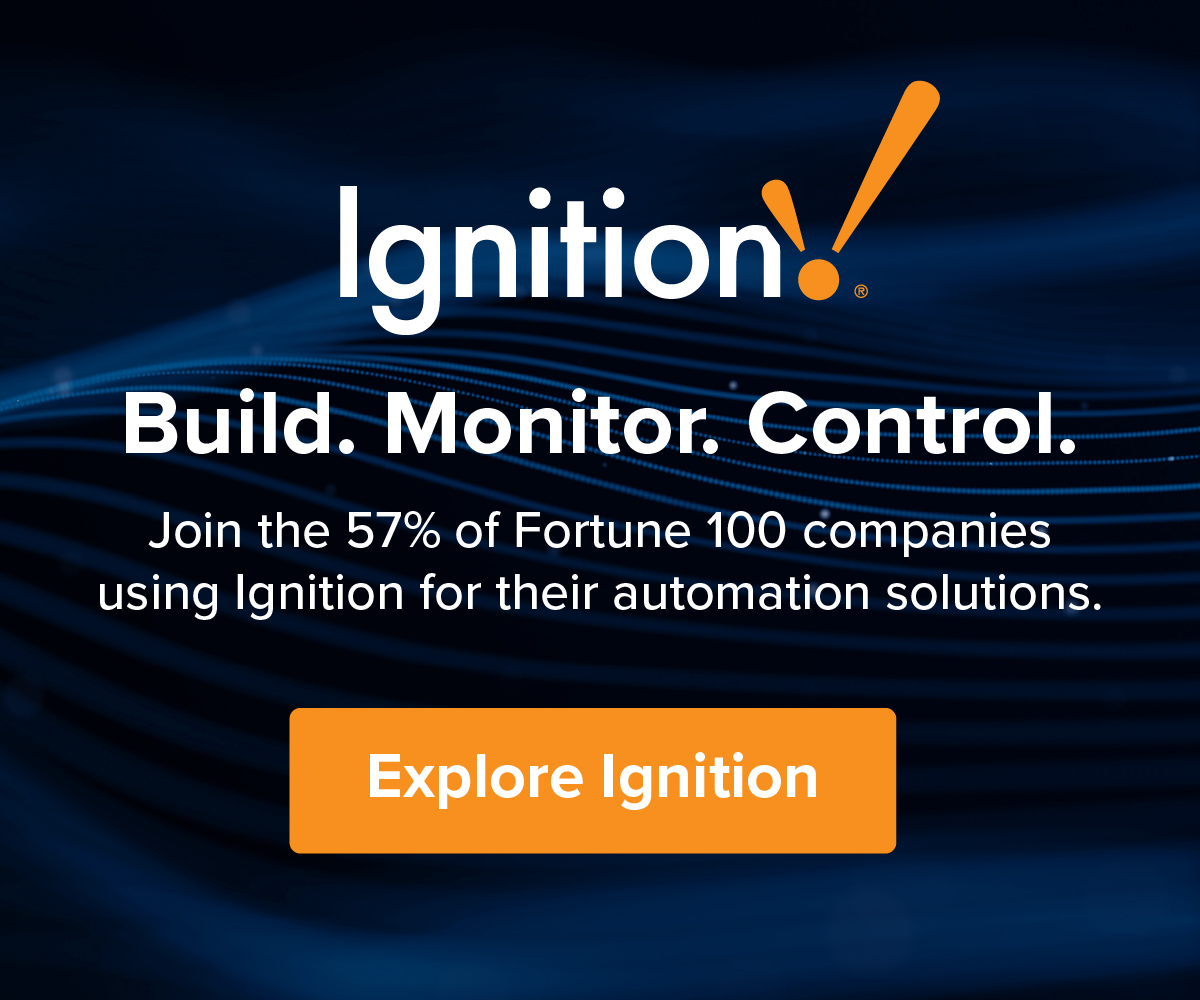The spread of connected devices with the resultant flow of data throughout the industrial enterprise spurs concern for security and trustworthiness of that data. The Industrial Internet Consortium (IIC) and its members recognize this problem / challenge.
I normally have a conversation with the authors of the IIC papers to get a context and sense of all the work involved in their development. In this particular case, I ran out of time. Many of you know that I am up to my eyes in soccer activities at this time of year. I just finished leading a class of new referees while I am at one of my peak times for assigning referees to games. Sometimes, I just don’t have enough hours. I bet you have never felt that…
So, IIC has published the Managing and Assessing Trustworthiness for IIoT in Practice white paper. The paper serves as an introductory guide to trustworthiness in IIoT, which is driven by the convergence of IT with OT, and includes a definition of trustworthiness, examples and a best-practice approach to managing trustworthiness in IIoT systems.
Confidence is essential to business, including confidence that the consequences of decisions and processes are acceptable and that business information is handled properly. The advent of IIoT means that confidence is also now required in technologies, physical components, and systems in addition to confidence in individuals, organizations and processes.
“The fact is that it is possible to have ‘too much’ trustworthiness,” said Jim Morrish, co-Chair of the IIC Business Strategy and Solution Lifecycle Working Group. “Trustworthiness costs, in terms of the costs of devices and associated software, and also often in terms of user experience and functionality. A trustworthiness solution for a nuclear processing plant would be an unnecessary hindrance to the day-to-day operations of a peanut butter manufacturer.”
The white paper’s best-practice approach to managing trustworthiness is comprised of four phases: baselining the system, analyzing potential trustworthiness events, implementing trustworthiness targets and governance, and iterating and maintaining the resulting trustworthiness model.
“This whitepaper demonstrates that trustworthiness is more than just another academic phrase to describe expectations of stakeholders, operators and users of an IIoT system,” said Marcellus Buchheit, President and CEO of Wibu-Systems USA, cofounder of Wibu-Systems AG in Germany and co-chair of the IIC Trustworthiness Task Group. “This paper presents several models that show how trustworthiness can be practically used in business decisions to increase trust in an IIoT system under the impact of business reality and constraints.”
The white paper also highlights that trustworthiness is not a static concept. “An IIoT system must address trustworthiness requirements throughout the lifecycle of the system. This means that industrial IoT trustworthiness is not a project with a finite start and a finite end. It is a journey that must be powered by an established program,” said Bassam Zarkout, founder of IGnPower and co-author of the paper.
“Security is already recognized as one of the most important considerations when designing an IIoT system,” said Frederick Hirsch who is a Standards Manager at Fujitsu, and also co-chair of the IIC Trustworthiness Task Group. “This white paper expands on that thinking by recognizing that safety, privacy, reliability and resilience need to be considered in conjunction with security to establish trust that IIoT systems will not only be functional but also will not harm people, the environment or society.”
The white paper discusses a live example of an IIoT system analysed from a trustworthiness perspective. Fujitsu’s Factory Operation Visibility & Intelligence (FOVI) system (and IIC testbed) has the primary goal of bringing more visibility of operations to plant managers in near-real time. The goal is to reduce human errors, bring more predictability to product assembly and delivery, and optimize production all while ensuring a sufficient level of trustworthiness.
“FOVI highlights how the different aspects of trustworthiness can impact business performance,” said Jacques Durand, Director of Engineering and Standards at Fujitsu, co-Chair of the IIC Business Strategy and Solution Lifecycle Working Group and also a member of the IIC Steering Committee. “For instance slowing down a production line can reduce costs associated with stress on machinery and machine operators, but such a course of action may also adversely impact productivity or lead time. In the white paper we highlight the need to understand trade-offs and to use metrics in a data-driven and intelligent manner.”
The Managing and Assessing Trustworthiness for IIoT in Practice white paper sets the stage for further work that the IIC will undertake focusing on trustworthiness.
The full IIC Managing and Assessing Trustworthiness for IIoT in Practice white paper and a list of IIC members who contributed can be found on the IIC website.





